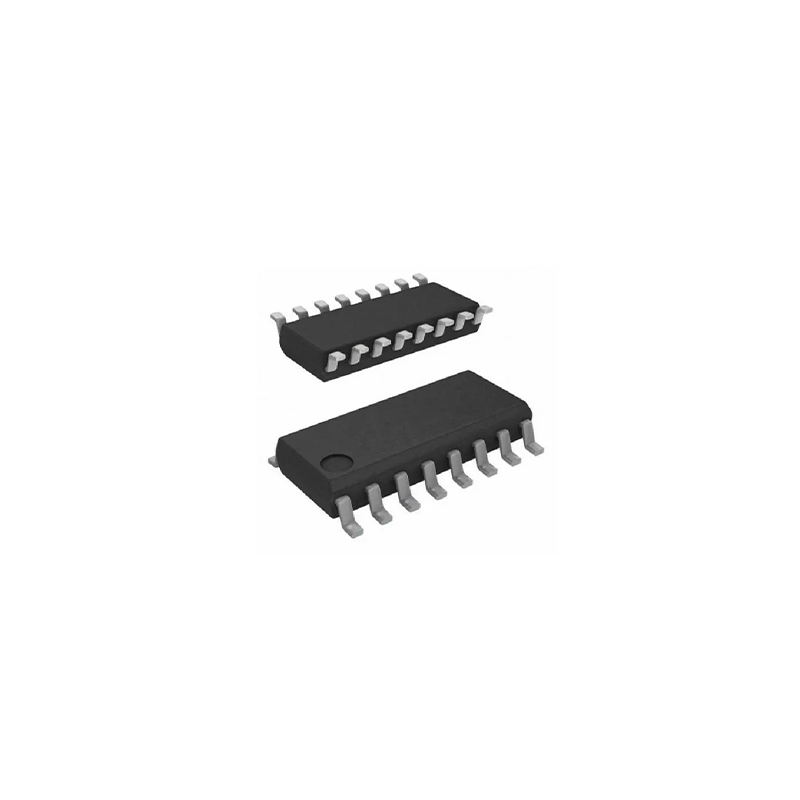Smart meters include new prepaid meters, multi-rate meters, and electronic meters with two-way communication capabilities, which provide extended functions including automatic meter reading (AMR), online query, remote connection/disconnection, and complex billing structures etc. These meters also allow users to have better control over their power consumption in order to save electricity bills and allocate electricity consumption more efficiently.
The combination of the non-volatile data storage characteristics of Siproin STT-MRAM and the advantages of unlimited read and write, high-speed read and write, and low power consumption of RAM facilitates the development of smart meters. It not only ensures the power-off retention of real-time data, but also overcomes the shortcomings of complex circuits and high costs caused by the use of discrete devices in traditional solutions.
Practice shows that STT-MRAM has the advantages of being able to be accessed quickly and frequently, and can effectively solve the problem of data loss due to sudden power failure.
Regarding the storage requirements for electricity consumption data, the difference between China’s civil electricity and industrial electricity is significant, and the storage capacity of industrial electricity is particularly large. If recorded every 0.01 degrees, industrial electric meters need to perform up to 2 million storage operations per month, and the electric meters need to operate stably for 5-10 years. In this case, traditional floating gate memories (FLASH/EEPROM) are unable to cope due to their limited erase and write life and delays. Its high write and write cycles can quickly exhaust storage life, while latency issues can lead to data loss during surges in power usage or sudden power outages.
In the era of the IoT, data confidentiality and security are highly valued. Hackers stealing meter data will cause serious information leakage. Siproin STT-MRAM provides a new advantage for smart meters: preventing data theft and tampering. In the event of a hacker attack, its low power consumption and high speed characteristics can use a small battery to instantly clear key data to ensure user information security, such as erasing 256 bits of data in 6.4 microseconds.
To solve these problem, engineers considered using SRAM as a data buffer, but this introduced a new challenge: a backup battery is required to prevent power outages, which increases the power consumption and manufacturing cost of the meter. Therefore, in the data storage solution of the three-phase meter, it is particularly important to find a more reliable, long-life and cost-effective storage technology.
As a reasult, magnetic storage STT-MRAM memory, which has the characteristics of non-volatility, fast writing without delay, unlimited read and write life, and ultra-low writing power consumption, may become the best memory choice for electricity meters.
| ITEM | STT-MRAM | EEPROM | FLASH | SRAM | FRAM |
| Memory Type | Non-Voltile | Non-Voltile | Non-Voltile | Voltile | Non-Voltile |
| Write Method | Overwrite | Erase+Write | Erase+Write | Overwrite | Overwrite |
| Write Cycle Time | 25ns | 10us | 10us | 5ns | 150ns |
| Read/Write Cycle | 1012 | 106 | 106 | unlimited | 1013 |
| Booster Circuit | No | Yes | Yes | No | No |
| Data Backup Battery | No | No | No | Yes | No |
_画板-1@2x.png)



